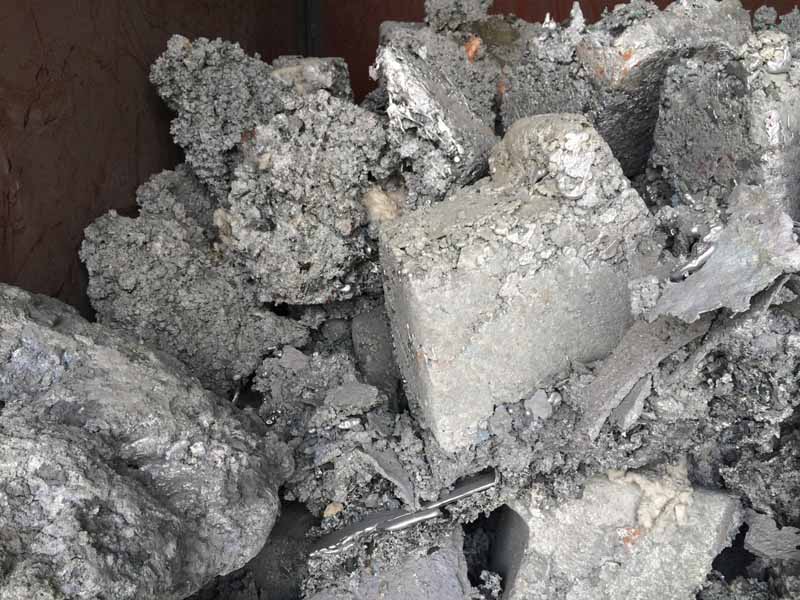
22 1月 Molten Aluminum Dross Reduction
Molten Aluminum Dross Reduction
When we melt aluminum, it will form dross/aluminum oxide. how to reduce it back to aluminium, then?
Update: reduce here DOES NOT mean to reduce the amount of dross, but to CHANGE Aluminium oxide to aluminium. Molten Aluminum Dross Reduction
How to reduce aluminium loss in the melting
There are many methods for aluminum dross recycling; also reducing the aluminum dross in production is a direct method to save the aluminum loss. At the same time, it can save energy for the coming dross recycling; it is the most direct one of the methods to save energy.
The main reason for aluminum dross formation is the reaction resulting between high-temperature liquid aluminum and air in aluminum melting and molten aluminum conveying processes. In the formation, the conveying and stirring etc external mechanical force will promote the reaction, so dross generation intensified in this process.

Molten Aluminum Dross Reduction? Use Refine Flux
We can take the following measures to reduce aluminium dross generation
1 Reasonable furnace physical dimension and charging sequence
The design and production of most melting and casting workshops is adopting a fixed melting furnace. In the melting and casting process, the aluminum water will be from one level to another level in the Garret type layout, so the molten aluminum surface oxide layer will break in the aluminum water discharging, it will cause a considerable quantity of aluminum dross. In addition, the improper furnace door will cause aluminum loss, and aluminum dross is formed.
Aluminum dross formation can occur in the alloying and furnace cleaning.
How to control Molten Aluminum Dross Reduction?
There are many methods for aluminum dross recycling; also reducing the aluminum dross in production is a direct method to save the aluminum loss. At the same time, it can save energy for the coming dross recycling; it is the most direct one of the methods to save energy.
The main reason for aluminum dross formation is the reaction resulting between high-temperature liquid aluminum and air in aluminum melting and molten aluminum conveying processes. In the formation, the conveying and stirring etc external mechanical force will promote the reaction, so dross generation intensified in this process.
We can take the following measures to reduce aluminium dross generation
Reasonable furnace physical dimension and charging sequence
The design and production of most melting and casting workshops is adopting a fixed melting furnace. In the melting and casting process, the aluminum water will be from one level to another level in the Garret-type layout, so the molten aluminum surface oxide layer will break in the aluminum water discharging, which will cause a considerable quantity of aluminum dross. In addition, at the improper furnace door, there will be caused aluminum loss, and aluminum dross are formed.
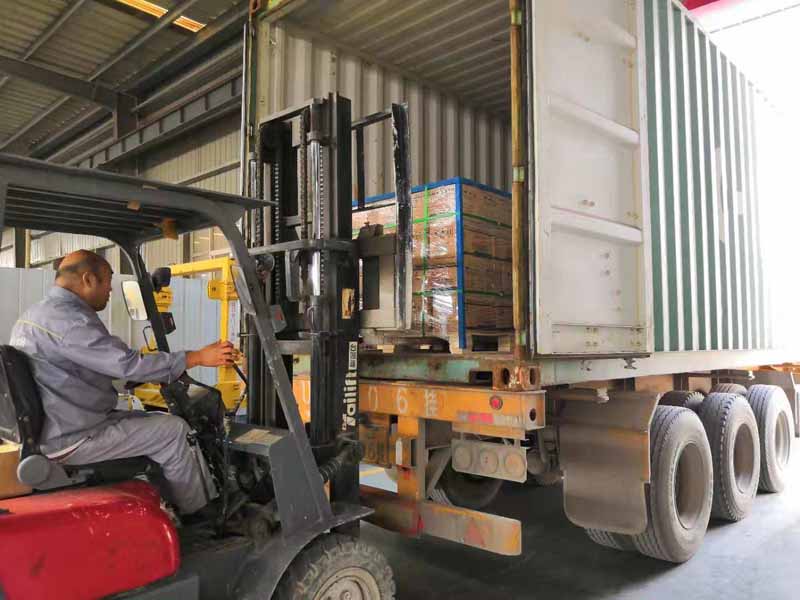
Aluminum dross formation can occur in the alloying and furnace cleaning.
Control the reasonable melting temperature to shorten molten aluminum conveying and melting time.
The conveying and melting time extending means the contact time extending between liquid aluminum and air. That means it extends the reaction time between molten aluminum and air. The higher the temperature is, the longer the melting time is, and the more aluminum loss will be. Only if limits the contact between molten aluminum and air, or cools down the surface aluminum dross temperature rapidly, otherwise, it can make a continuous reaction.
3 Choose the proper operation
Try to keep the molten aluminum surface oxide film not damaged in the stirring, and cover the molten aluminum timely. The stirring causes the oxidation and thermite reaction, thermite reaction is the important reason for the aluminum loss.
It is impossible to completely avoid aluminum dross in production, and Aluminum dross product is not entirely waste material, which can be recycled or can be used in secondary steelmaking for slag deoxidation. You can try aluminium dross processing machine to separate aluminum from aluminum dross.


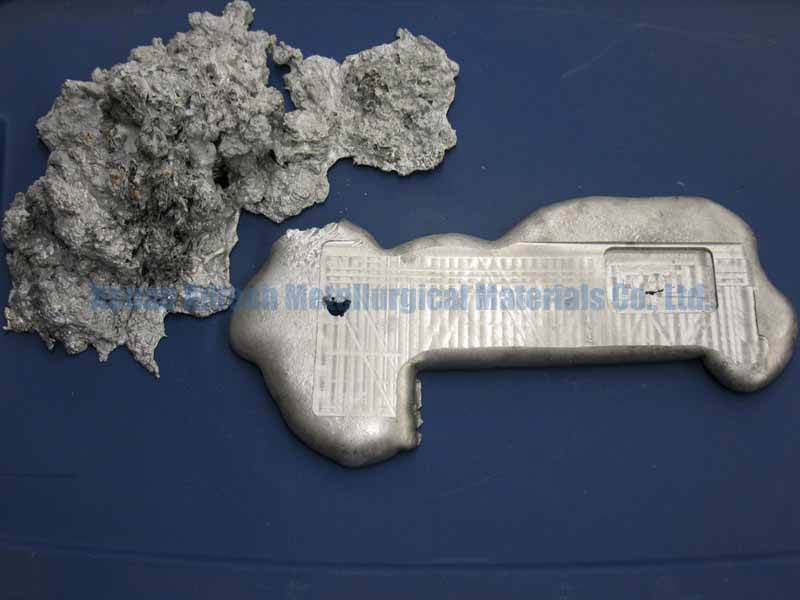
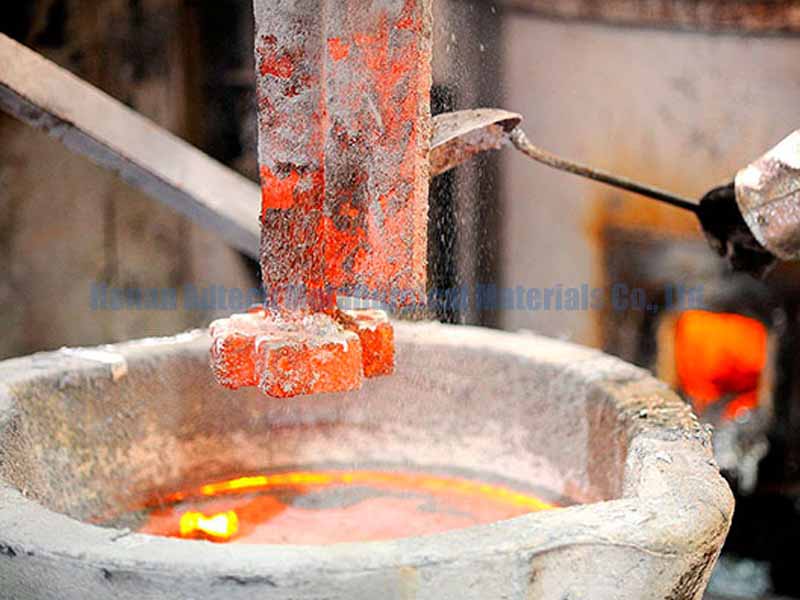
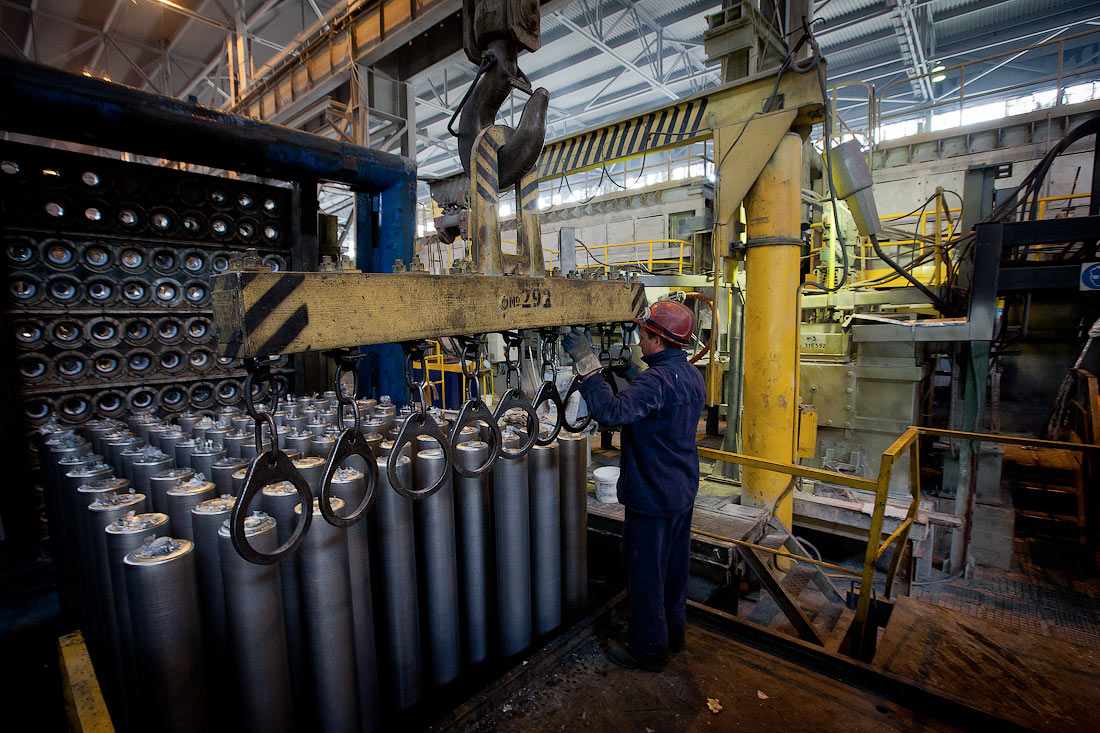
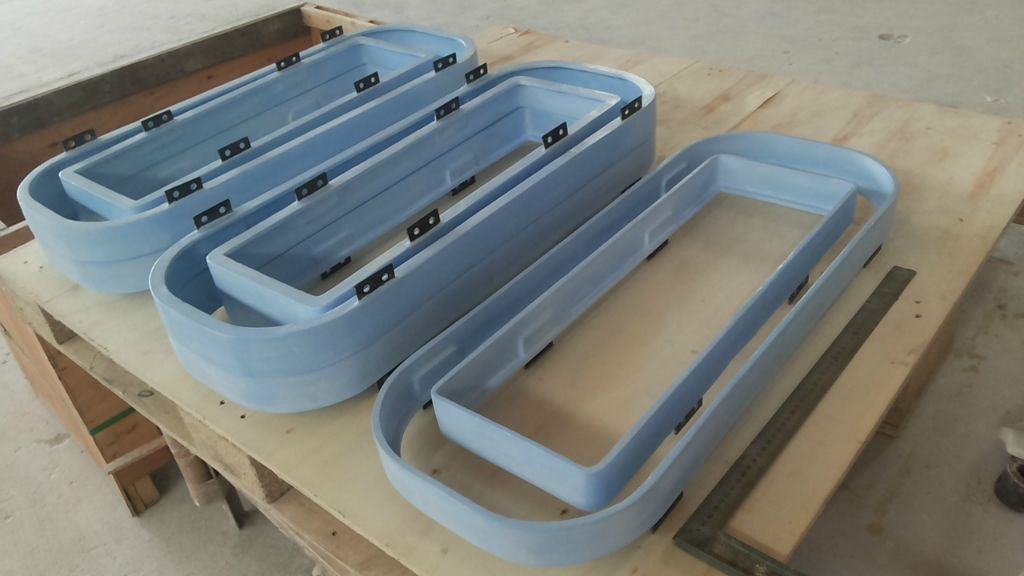
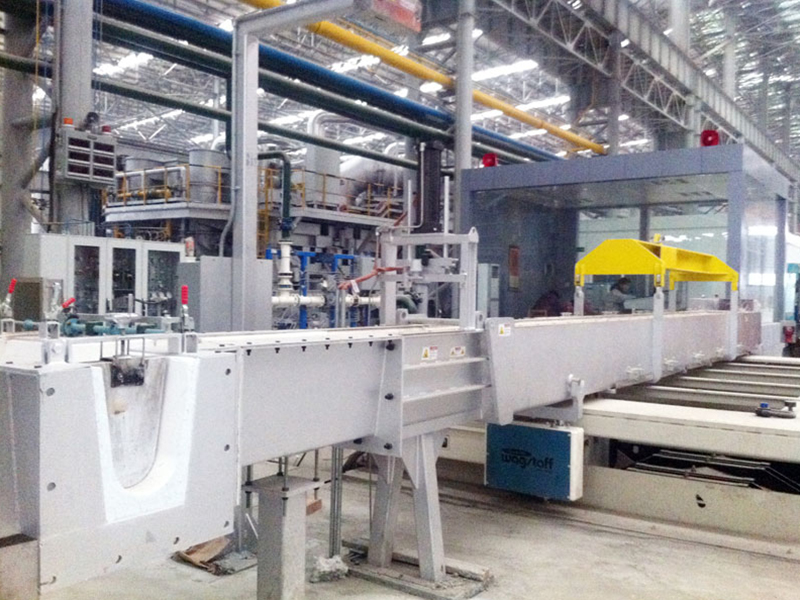
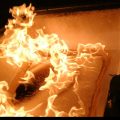
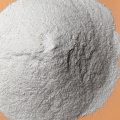
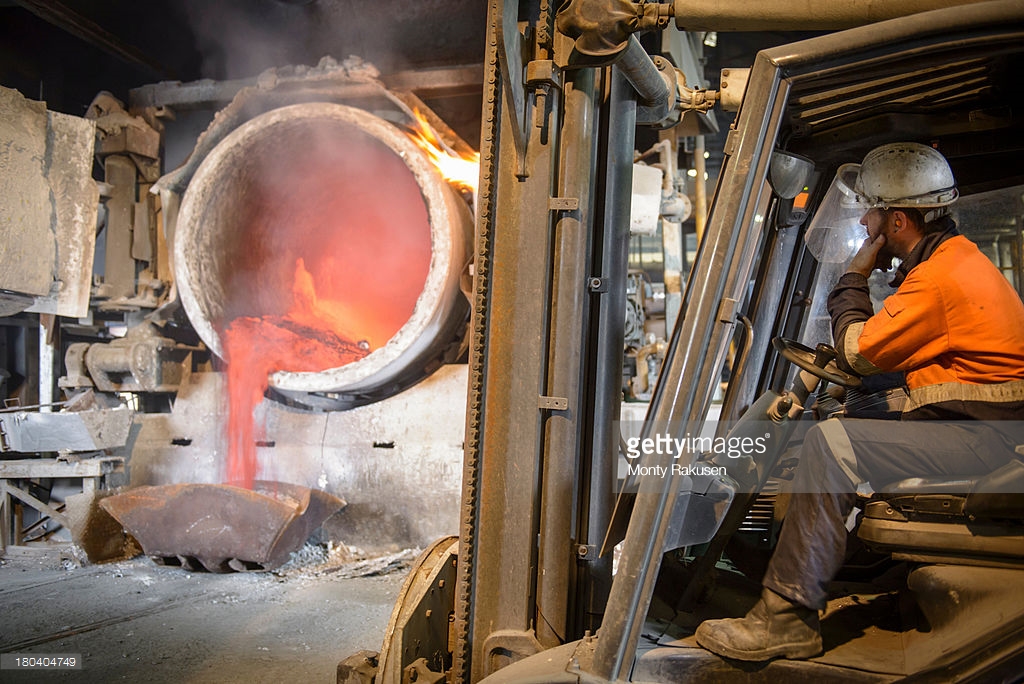
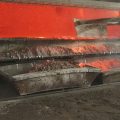
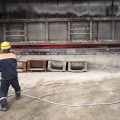
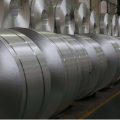
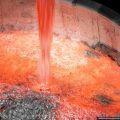
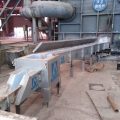
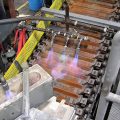
No Comments